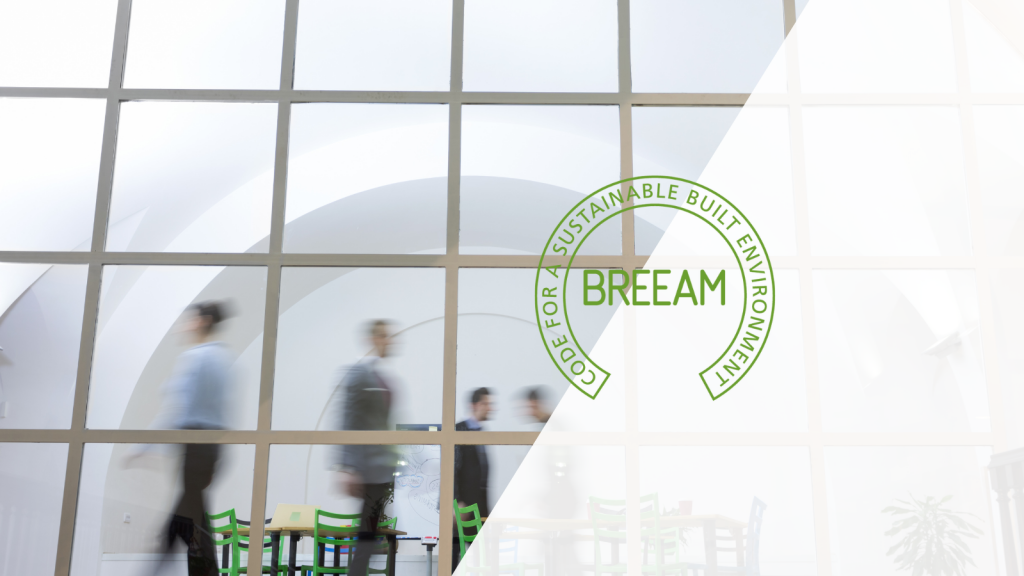Environmental Product Declarations (EPDs) are an official standard for reporting the environmental effects of a product over its lifecycle.
Construction products are a seriously contentious issue in Ireland right now with much debate taking place over the 10% concrete levy and its reason for existing; the €80 million mica redress scheme. At the same time, the industry is facing increasing costs and environmental pressures.
Environmental Product Declarations (EPDs) strive to make procurement of construction products more transparent and in doing so, encourage building developers to make more sustainable decisions.
In this article, we will delve a little deeper into what an EPD is and how to attain one. We will also explore the establishment of the EPD Ireland Programme before taking a look at how EPDs are influencing the construction industry for the better.
What are Environmental Product Declarations?
The environmental impact of any product is publicly communicated in documents called Environmental Production Declarations (EPDs).
By promoting conformity through a common set of reporting methodology and environmental performance indicators, EPDs accurately present environmental information about a product across all stages of its lifecycle – otherwise known as a Lifecycle Assessment Study.
Some of these environmental indicators include;
- Global Warming Potential (GWP)
- Acidification (AP)
- Stratospheric Ozone Depletion Potential (ODP)
- Eutrophication (EP)
For more information on the above, visit the Irish Green Building Council website.

EPD Ireland Programme
The Irish Green Building Council (IGBC) has established its own platform for the provision of independent, third-party verified information by construction manufacturers on the environmental performance of their products.
The IGBC created EPD Ireland with the goal of promoting and increasing the prevalence of embodied carbon calculations, which is a key calculation within the Global Warming Potential (GWP) environmental indicator.
Once all data is collected and verified, a manufacturer’s EPD is made publicly available on the EPD Ireland platform thus, helping building developers and construction managers to make informed purchasing decisions pertaining to environmental responsibility.
Developing an EPD with EPD Ireland
The process of acquiring an EPD boils down to three important steps;
- Data collection and Life Cycle Assessment Study
- Verification of the Life Cycle Assessment Study
- Registration and Publication of the Environmental Product Declaration
PRODUCT CATEGORY RULES
To attain Environmental Product Declarations (EPDs) in Ireland your product must also comply with the Product Category Rules set out by the EPD Ireland Programme. These can be downloaded here: Product Category Rules.
3 Great Advantages of EPDs in Construction
1. Client Sustainability Targets
Many of our clients, particularly in the commercial sector, have some strict and ambitious sustainability targets attached to their building projects. For instance, our work at Brown Thomas outlets across Ireland centred around a goal of saving around 3,000 tonnes of CO2.
The information supplied by Environmental Product Declarations (EPDs) enables building developers to accurately assess and procure building materials that will help them to meet sustainability targets.
Once more, the decisions powered by EPD information can help project managers achieve valuable green building certifications such as Leadership in Energy & Environmental Design (LEED), Building Research Establishment Environmental Assessment Method (BREEAM), and Excellence in Design for Greater Efficiencies (EDGE).
GREEN BUILDING CERTIFICATIONS
Green building certifications can greatly increase the value of a property and positively influence the purchasing behaviour of potential buyers. The demand for green buildings is growing as people factor the desire to go green into their purchasing and investment decisions.
LEED – LEED is intended to provide building owners and operators with a concise framework for identifying and implementing practical and measurable green building design, construction, operations, and maintenance solutions.
BREEAM – A BREEAM assessment uses recognised measures of performance, which are set against established benchmarks, to evaluate a building’s specification, design, construction, and use.
EDGE – EDGE offers market leaders the opportunity to gain a competitive advantage by differentiating their products and adding value to their customers.

2. Reduced Carbon Footprint
Equipped with transparent information, building developers can choose the most sustainable building materials possible for a project thereby significantly reducing the carbon footprint of their firm as well as that of the project over its lifecycle.
While this is obviously of great benefit to the environment, it is also hugely advantageous to the construction firm with sustainable practices going a long way towards distinguishing yourself in a competitive market.
A 2022 report by engineering firm, Patrick Parsons, revealed that 83% of surveyed UK construction firms believe “green credentials” provide a competitive advantage.
It can also be a great market differentiator for the supplier. As more and more contractors seek out EPD information, having a healthy EPD published and validated could be imperative to getting your products chosen above competitors’.
3. Greater Transparency
Arguably the most important aspect of Environmental Product Declarations (EPDs) is the transparency of information.
Without this, building developers would not be able to make the aforementioned informed decisions that result in reduced carbon emissions and improved client sustainability.
It also fosters further sustainability through in-market competition. Through EPDs, suppliers can become privy to their competitors’ environmental performance. Consequently, they may be inspired to make efforts to enhance the sustainability attributes of their own products to match or exceed their competitors.
Your products are also made visible to international markets via the Eco Platform and the validated EPD data can be used to run credible marketing campaigns.
Together with our sister company, Lawler Consulting, Our mission at Lawler Sustainability is to make our buildings more energy-efficient, cost-effective to operate, and sustainable.
If you are interested in our energy reduction solutions, please contact us here.
Follow us on LinkedIn to keep up to date with all of our latest developments and industry trends.

